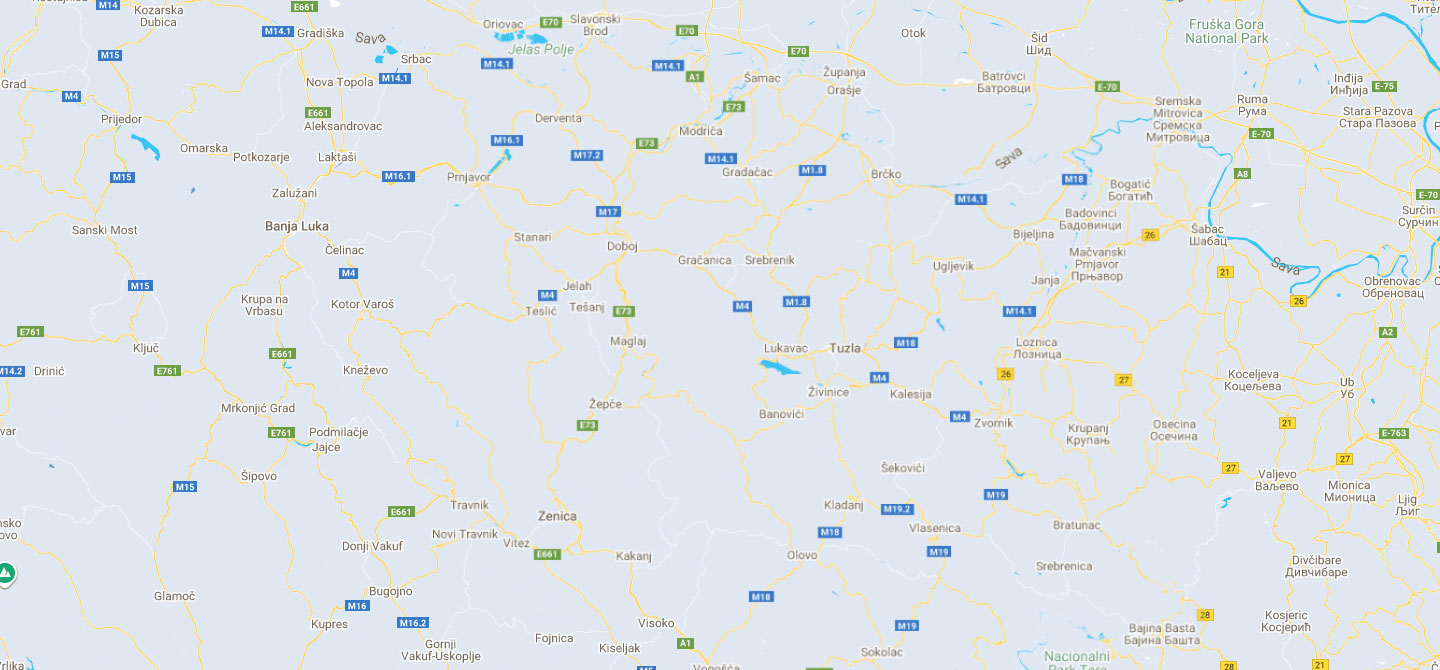Bobovac served as the royal seat and the most fortified stronghold of the Bosnian Kingdom during the reign of various Bosnian kings, particularly in the 14th and 15th centuries. It was the residence of Bosnian rulers and the place where the Bosnian crown jewels were kept. Its strategic location on a hill provided natural defense, and its walls were further reinforced, making it nearly impregnable in its time.
The site of Bobovac consists of the remains of the royal castle, which include a fortified palace, several other buildings, and a necropolis where some Bosnian kings were buried. Among the significant structures is the Church of St. Michael, which was built within the complex. The castle itself was primarily constructed of stone, and its walls were designed to follow the natural contours of the hill on which it stands.
Bobovac fell under the control of the Ottoman Empire in 1463, marking the end of its importance as a royal seat. After the Ottoman conquest, it gradually lost significance and was eventually abandoned. Today, Bobovac is a protected national monument and an important archaeological site. It attracts historians, tourists, and those interested in the medieval history of Bosnia and Herzegovina.
The site is also a pilgrimage destination, especially for those commemorating the history of the Bosnian Kingdom. Bobovac remains a symbol of Bosnian statehood and heritage, reflecting the medieval past of the country and its cultural identity.

 SCROLL
SCROLL





